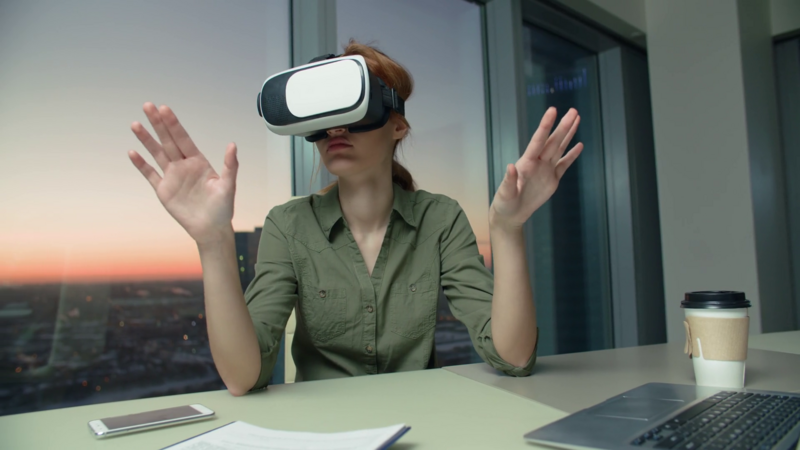ATD Blog
Improve Organizational Culture With Virtual Reality
Mon Feb 10 2020

Today’s talent can be sourced worldwide. Digital connectivity has melted away geographic barriers, opening a borderless talent marketplace. Cultural fluency is a must for a successful workforce and the bedrock of that fluent workplace is emotionally intelligent workers. Well-honed interpersonal skills increase cooperation and collaboration, building an organization’s safety, resilience, wellness, and ultimately its productivity. In learning and development, an estimated $60 billion is spent on such soft skills training.
Whether co-located or dispersed, employee teams require emotional intelligence education to be good corporate citizens. Emotionally intelligent leaders cultivate a sense of belonging through higher levels of trust, cooperation, and flexibility. Teammates benefit as all three of these attributes strengthen cooperation and collaboration resulting in a positive psychologically safe environment. A growth mindset requires a flexible, open-minded learning context where learners can stretch themselves and explore their capability to bend and bounce back in multiple situations. This can be accomplished both in-person and through digital methods contextualizing the worker’s environment—expanding beyond geographic barriers.
The challenge to any organizational culture educational strategy is the investment of time. This resistance to investment is driven by the reduction in productivity occurring during the educational events. How do we minimize off-task time, be it from the bedside or production floor, while maximizing the educational impact? By bringing the classroom to the learners.
The very nature of virtual reality ensures a standardized delivery coupled with a personalized experience where knowledge acquisition can be easily measured. Each immersive event is invaluable for helping learners feel emotions, work through complex situations, and literally “walk a mile in someone else’s shoes.” A blended learning approach is an effective organizational culture strategy. It shifts emotional intelligence development from theoretical to practical application. As learners actively engage in training, key concepts are internalized increasing the learner’s capacity and comfort level to apply them in their specific situations.
Consider a self-directed, self-paced combination of:
curated content in the form of videos, blogs, and articles
journaling for reflection and practice
virtual training and coaching
virtual reality.
Affordable equipment and software options have opened the possibility for more organizations to use this powerful instructional methodology. Examples of virtual reality application to improve emotional intelligence and enhance cultural norms:
Improving connection and communication. In healthcare, there are virtual reality programs simulating what it is like to be an elderly patient. Doctors who gain a better understanding of patients’ pain and frustration through VR can be more empathetic and understanding.
Increase cultural competence. The Department of Defense (DoD) employs virtual reality to enable military teams and those who support them in culturally complex environments learn about specific cultures simulating challenging experiences.
Reduce unconscious bias. Corporate giant Procter & Gamble utilizes virtual reality to reinforce an inclusive and empathetic culture by providing immersive “firsthand” learning experiences of discrimination.
This is only the beginning. Innovative approaches to help learners acquire and refine empathy, compassion, and understanding are making solid progress. Through an emotional intelligence skill set, improved appreciation for each other in the workplace fosters empathy and compassion which has the ability to positively impact organizational culture affecting recruitment, retainment, resilience, and revenue.
Want to learn more? VR has been called the “ultimate empathy machine” by Chris Milk in his TEDx talk.
